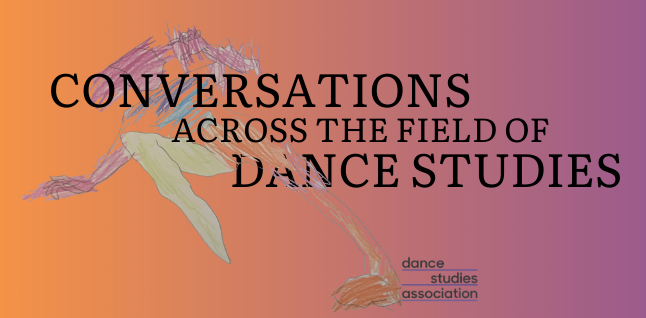Liner Notes: Serouj “Midus” Aprahamian
You have to do your research. And I say that honestly, endearingly, with a lot of affection and emotion. Anyone who gets involved in this should be responsible enough to do the research.
—Break Easy
Since my earliest involvement in breaking over twenty-four years ago, I remember virtually every seasoned breaker, popper, and locker I encountered—many of whom, like Break Easy and Mighty Mike, traced their beginnings to the late 1970s and early 1980s—imploring our generation to question mainstream, often distorted, depictions of hip hop culture and to do our own research on the background of the dance styles associated with this movement.
Fast-forward to 2021 and this same emphasis on “knowing your history” comes across in this in-depth conversation between Break Easy and Mighty Mike. Their memories of New York during the height of breaking’s commercialization in the 1980s demonstrate just how far this dance proliferated back then, with stories of b-boys and b-girls from every borough teaching, performing, and competing with one another throughout the city. Unfortunately, most of these stories have never been formally documented as journalists and academics have tended to rely mostly on those who appeared in major film and television programs. Practitioners from areas such as pre-gentrification Williamsburg—let alone Brooklyn as a whole—who did not make it onto movie screens have often been over-looked, as have affiliated dance styles such as popping (electric boogie), rocking (uprocking), lofting, and the hustle. As this discussion illuminates, however, community-based figures like Break Easy, Mighty Mike, and countless others have continued to pass on their local embodiment of these important cultural practices to generations around the world, despite their general lack of institutional support.
Interestingly, as their conversation moves from past neighborhood experiences to present mentoring activities, both discussants also seem to modify their outlook toward breaking and rocking, accordingly. Their positive remarks about the lack of formal rules and authority in the 1980s give way to appeals for greater structure, compartmentalization, and “authenticity” today. For instance, Mighty Mike talks about gravitating away from the Furious Rockers Crew in his younger years, due to their scrutinizing and discouraging president, in favor of the more horizontal approach he found in the Scramblin’ Feet dance crew. The latter’s more self-organized approach seemed to allow greater creative exploration and collaboration, something that Break Easy also lauds about his early embodied experience. However, this emphasis on informality begins to slightly shift as we move into their recollections of more recent years, with each expressing concern over properly labeling their dance practices and determining “What could be changed, what couldn’t be changed” in each style, as well as admonitions that there are no “real” b-boys anymore and that “rocking” has become “watered down.” In line with this insistence on independent research, it would be important to dig deeper into these remarks and explore what factors have affected such conceptualizations. How have institutional, ideological, aesthetic, and socioeconomic transformations affected the performance and principles of dances such as breaking and rocking—both among present practitioners and those who trace their roots even further back than the current discussants? This conversation prompts this and many other questions, while also driving home the scholarly imperative of not relying on one or two sources but, rather, gathering as wide a cross-section of testimony as possible. In other words, “knowing your history” is understanding that this discussion is itself only one layer of a much broader social and cultural formation.
Author Biography
Serouj “Midus” Aprahamian is a long-time practitioner of breaking, popping, and underground hip hop dance styles. In 2021, he completed his PhD in Dance Studies from York University, with a focus on breaking and hip hop history. His scholarly writings have appeared in the Journal of Black Studies, Dance Research Journal, Oxford African American Studies Center, and the forthcoming Oxford Handbook of Hip Hop Dance Studies.
